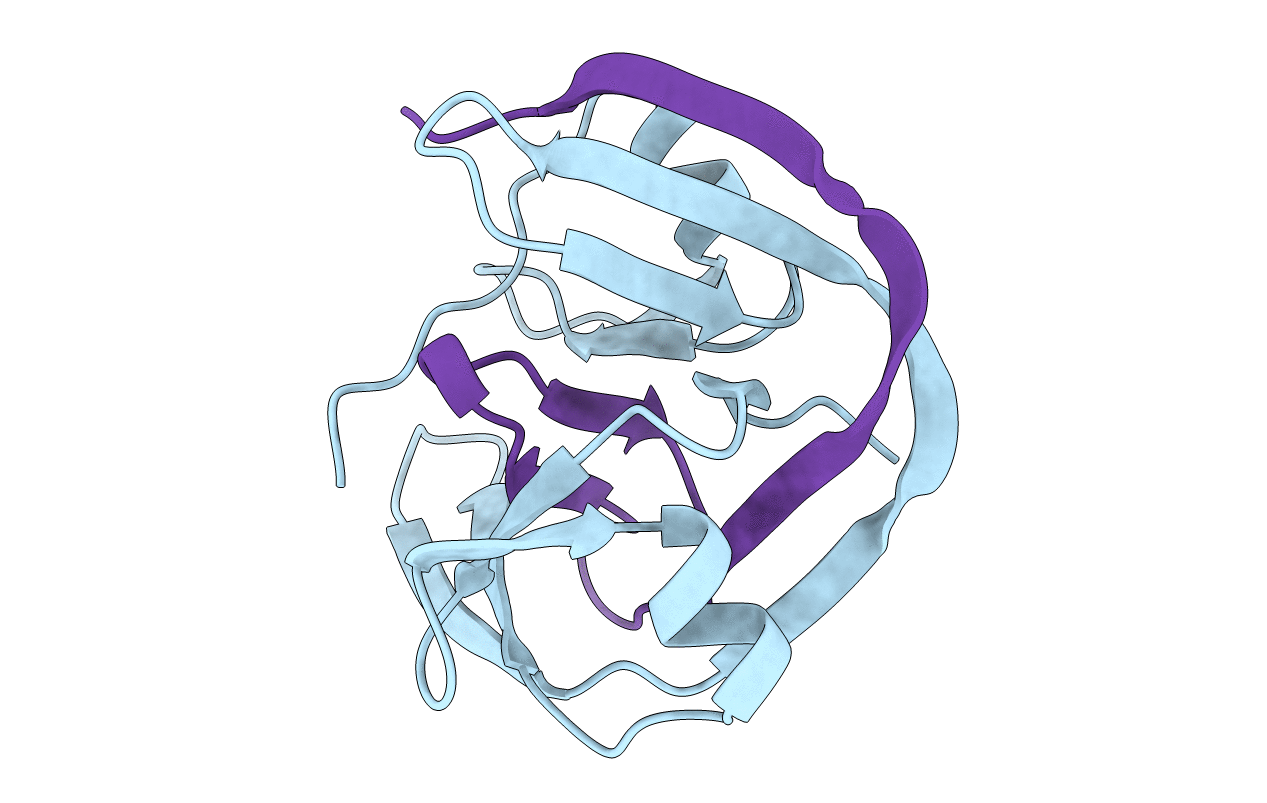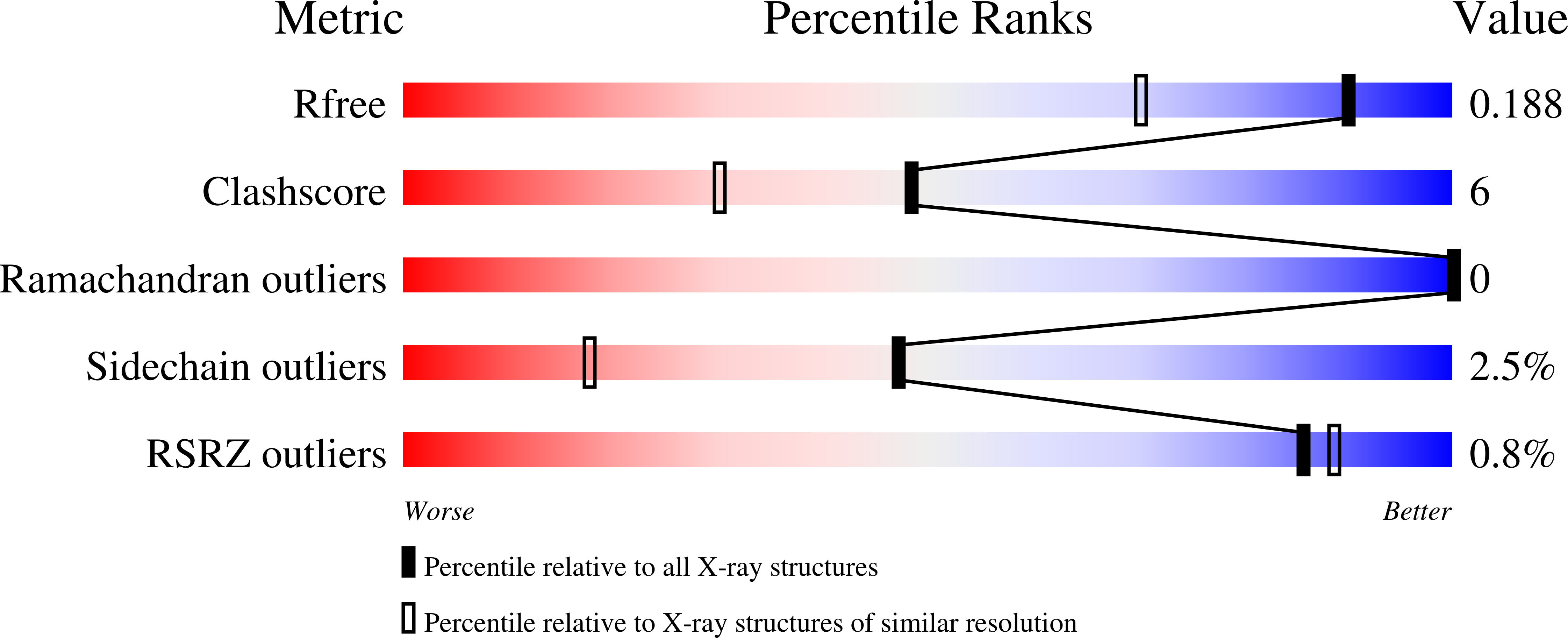
Deposition Date
2013-07-29
Release Date
2014-06-25
Last Version Date
2024-11-13
Entry Detail
PDB ID:
4LX3
Keywords:
Title:
Conserved Residues that Modulate Protein trans-Splicing of Npu DnaE Split Intein
Biological Source:
Source Organism:
Nostoc punctiforme (Taxon ID: 63737)
Host Organism:
Method Details:
Experimental Method:
Resolution:
1.50 Å
R-Value Free:
0.19
R-Value Work:
0.16
R-Value Observed:
0.16
Space Group:
C 2 2 21


